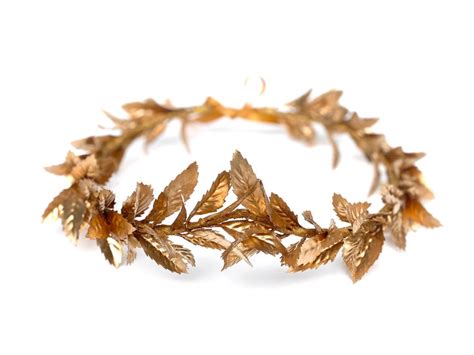What Are Crown of Laurels Hairs?
Crown of laurels hair is a rare hair growth disorder characterized by the presence of thick, twisted hair shafts that resemble leaves. The condition is often accompanied by other physical abnormalities, such as deafness and intellectual disability.

21 Fascinating Facts About Crown of Laurels Hair
- Prevalence: Crown of laurels hair affects approximately 1 in 100,000 people worldwide.
- Inheritance: The condition is inherited in an autosomal dominant pattern, meaning that it can be passed down from either parent.
- Onset: Crown of laurels hair typically manifests in childhood, with symptoms appearing between the ages of 2 and 6.
- Appearance: The affected hair shafts are thick, twisted, and resemble leaves. They grow in a distinctive pattern, forming a crown-like structure around the head.
- Associated Conditions: Crown of laurels hair is often associated with other medical conditions, including deafness, intellectual disability, and seizures.
- Diagnosis: A diagnosis of crown of laurels hair is made based on the physical examination of the affected hair. Genetic testing may also be performed to confirm the diagnosis.
- Treatment: Currently, there is no cure for crown of laurels hair. Treatment options are aimed at managing symptoms and improving the quality of life for affected individuals.
- Hair Management: Regular hair care is essential for individuals with crown of laurels hair. Brushing and combing the hair should be done gently to avoid breakage. Moisturizing products can help to keep the hair hydrated and prevent dryness.
- Educational Needs: Children with crown of laurels hair may require additional educational support to cope with the challenges associated with their condition. Early intervention services can help to promote learning and development.
- Social Support: Social support is crucial for individuals with crown of laurels hair. Support groups and other resources can provide emotional and practical assistance to affected individuals and their families.
- Research: Ongoing research is focused on understanding the genetic basis of crown of laurels hair and developing new treatment strategies.
- New Terminology: The term “laurel wreath hair” has been coined to describe a newly identified variant of crown of laurels hair characterized by a distinctive wreath-like pattern of affected hair growth.
- Historical Significance: The crown of laurels has been a symbol of victory and achievement throughout history. In ancient Greece and Rome, victorious athletes and scholars were crowned with laurels.
- Cultural Symbolism: In some cultures, crown of laurels hair is seen as a sign of divine favor or a connection to the natural world.
- Artistic Inspiration: The distinctive appearance of crown of laurels hair has inspired artists and writers throughout the centuries.
- Modern Applications: The unique hair growth pattern of crown of laurels hair has potential applications in the fields of biomaterials and tissue engineering.
- Alternative Therapies: Some individuals with crown of laurels hair have found relief from symptoms through alternative therapies, such as acupuncture, massage, and herbal remedies.
- Cosmetic Considerations: Individuals with crown of laurels hair may opt for cosmetic treatments, such as hair extensions or wigs, to improve their appearance.
- Emotional Impact: Crown of laurels hair can have a significant emotional impact on affected individuals. Individuals may experience feelings of isolation, embarrassment, or low self-esteem.
- Advocacy: Advocacy groups and organizations are working to raise awareness and support for individuals with crown of laurels hair.
- Future Directions: Research is ongoing to identify the genetic basis of crown of laurels hair and develop more
